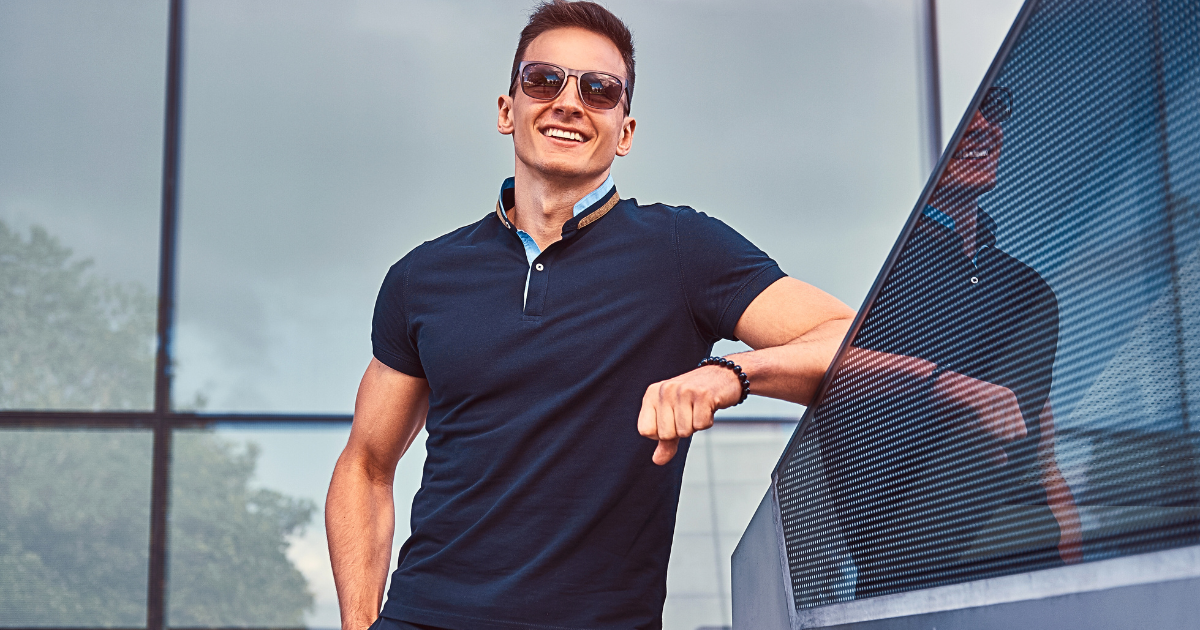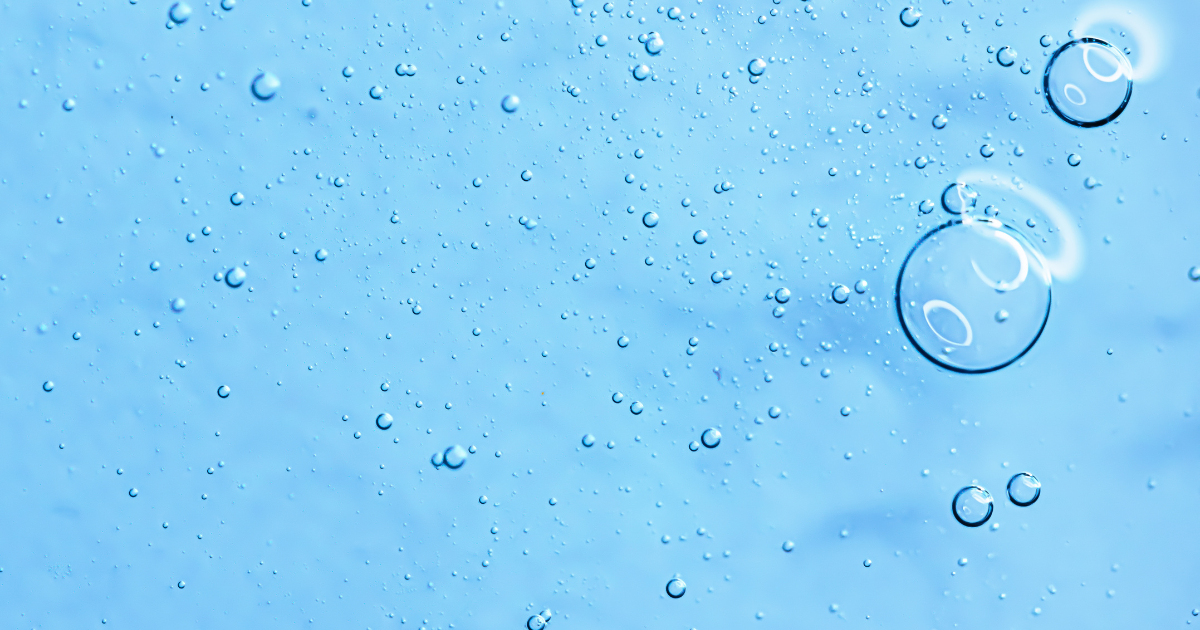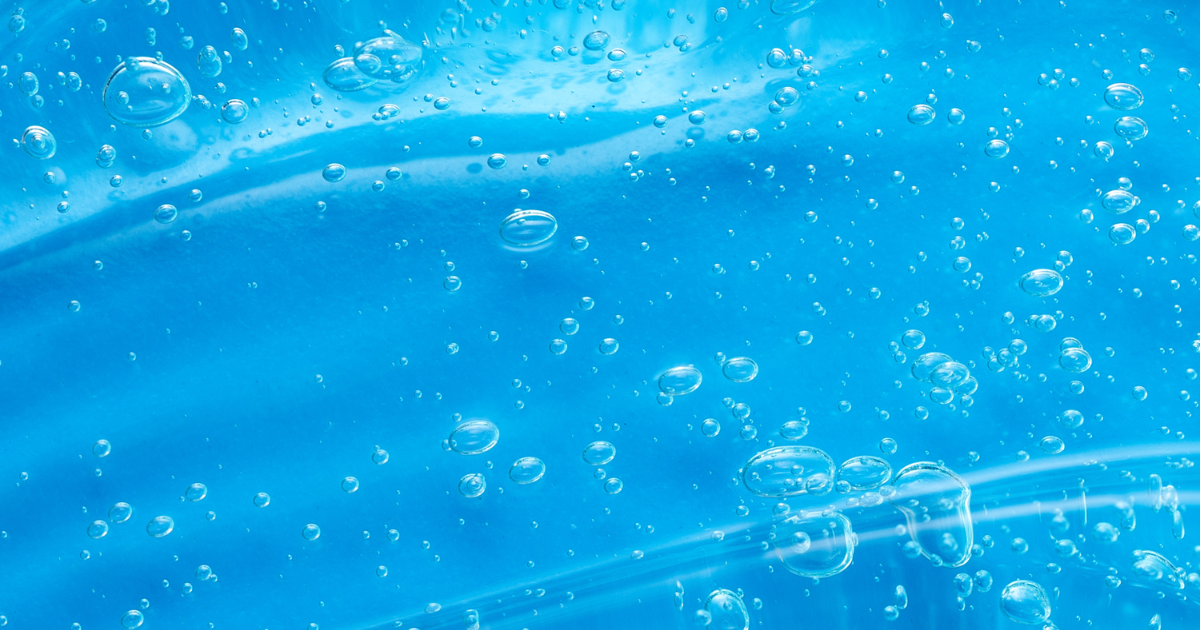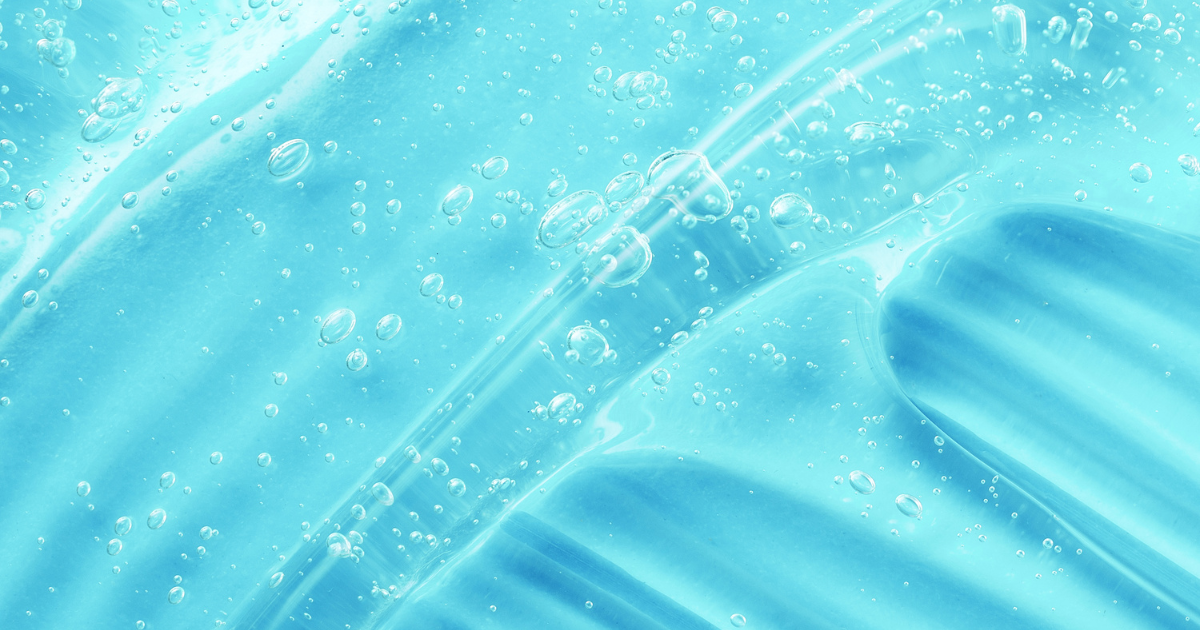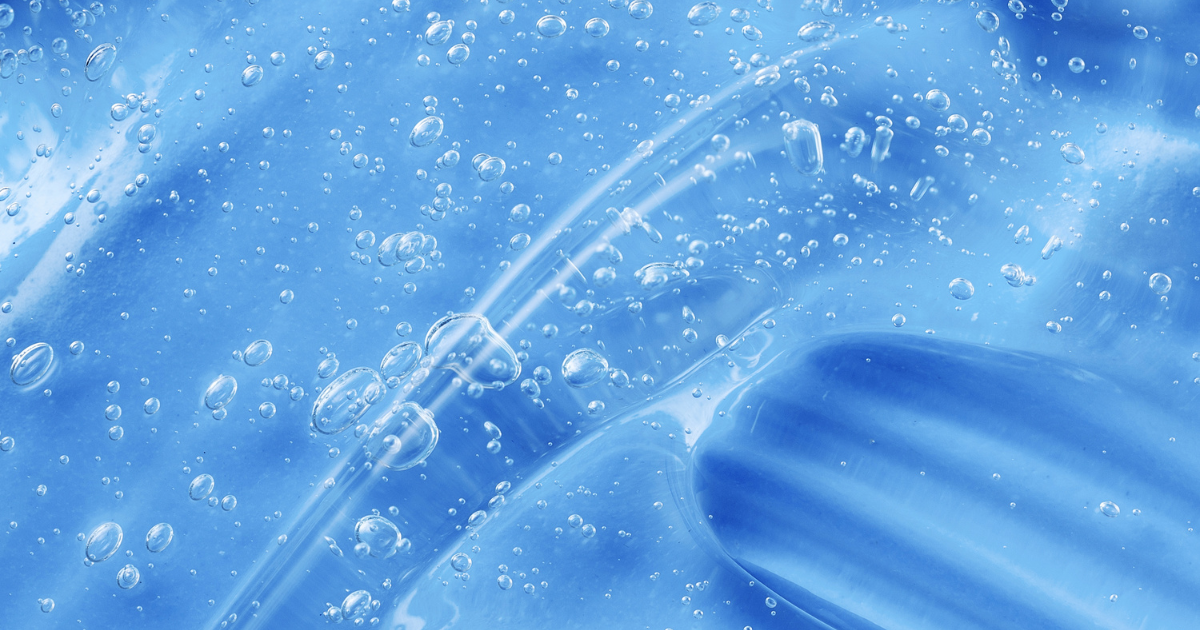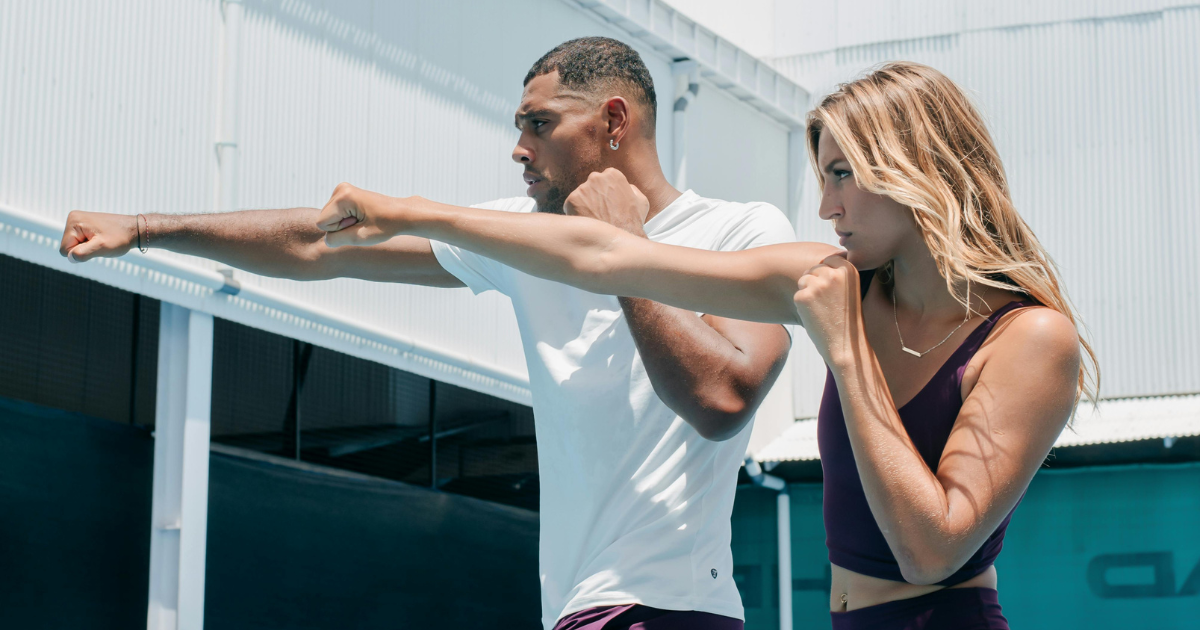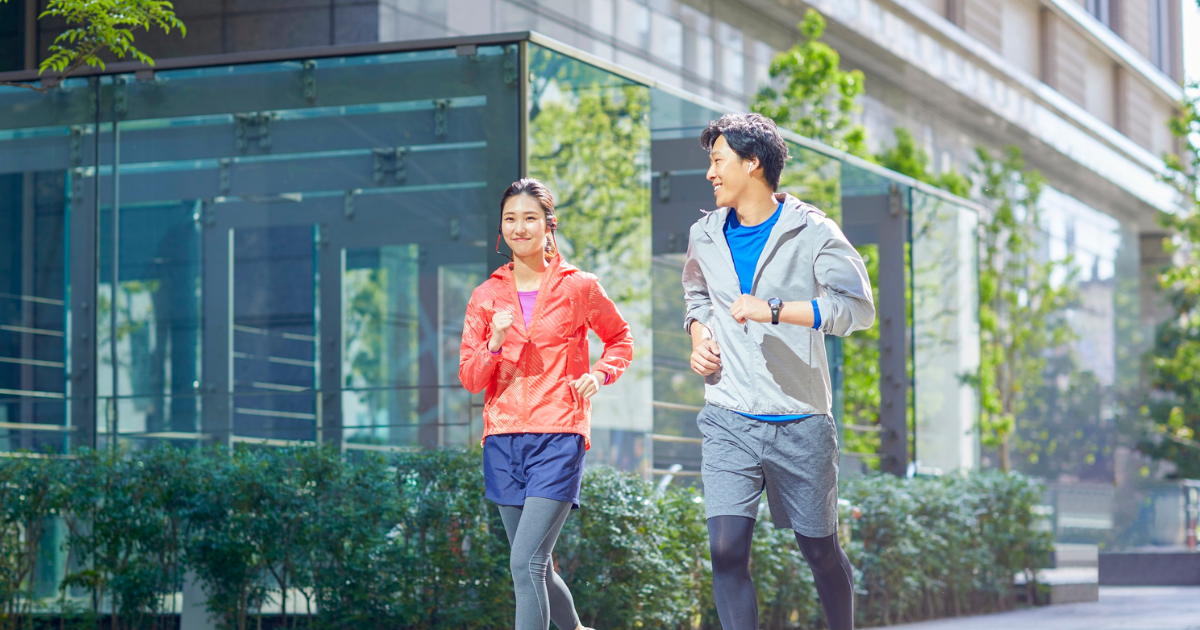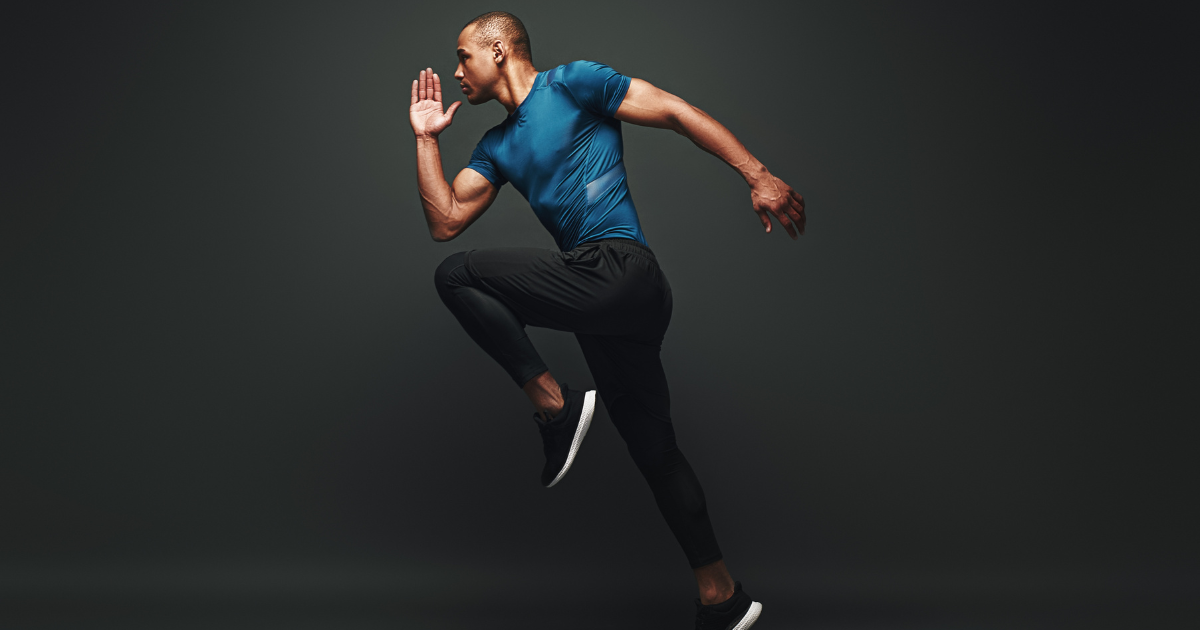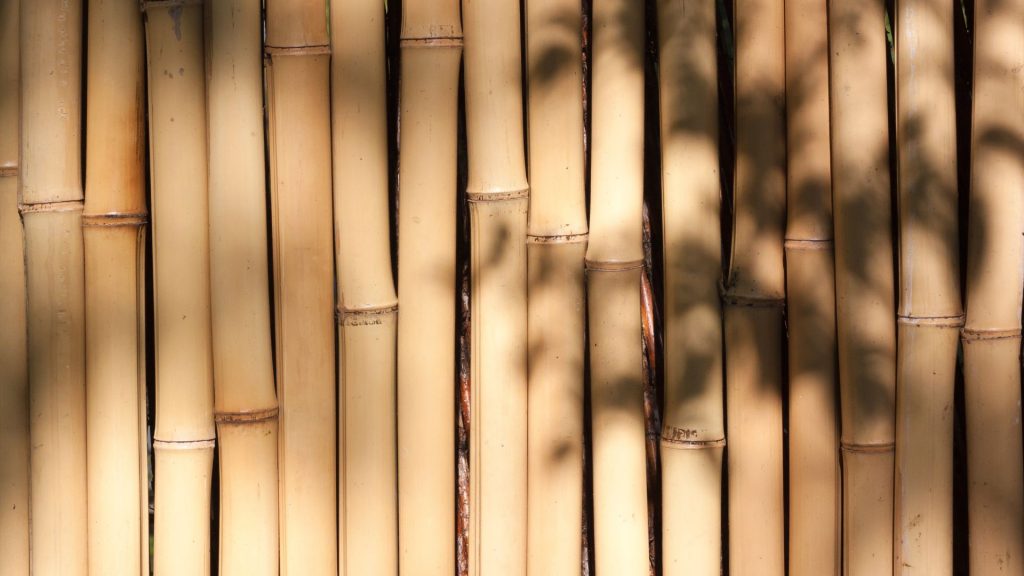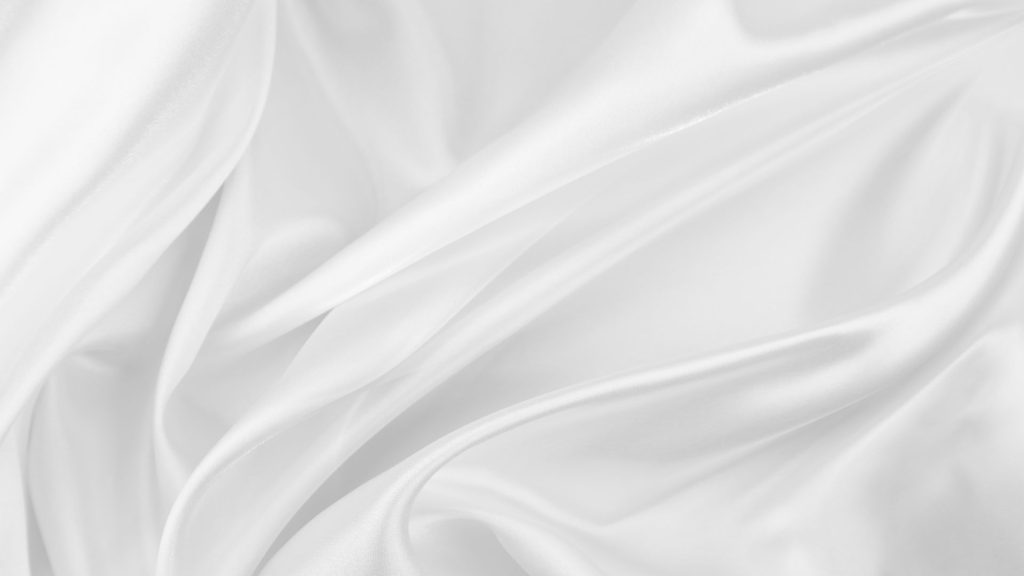Cooling fabrics have quickly become a must-have in apparel, sportswear, outdoor gear, and bedding—especially as hotter weather and higher performance standards shape what consumers expect. Rather than acting like “wearable air conditioners,” these textiles use advanced fiber technology and smart fabric engineering to improve heat release, moisture control, airflow, and overall comfort.
This guide breaks down how cooling fabrics actually work, which materials perform best, and what to look for when choosing the right cooling textile. With a clear understanding of these fundamentals, you can make smarter decisions about materials that stay cooler, drier, and more comfortable—no matter the conditions.

How Do Cooling Fabrics Work?
Cooling fabrics don’t technically “lower the body’s temperature.”Instead, they enhance the body’s natural heat-release mechanisms, helping you feel cooler, drier, and more comfortable. Their effectiveness comes from a combination of fiber chemistry, fabric structure, and thermal physics.
Below is a clearer, more natural explanation of the five core mechanisms behind modern cooling textiles.
1. Moisture Wicking & Evaporative Cooling
The human body cools itself primarily through sweat evaporation. When sweat sits on the skin—especially under non-breathable fabrics—it slows cooling and creates a sticky, overheated feeling.
Cooling fabrics solve this through advanced moisture-management technology that:
- Pulls sweat away from the skin
- Spreads moisture across a wider fabric surface
- Speeds up evaporation and drying
This results in a faster cooling sensation and prevents clinginess or dampness.
Technology behind it includes:
- Capillary-action yarn structures
- Hydrophobic/hydrophilic fiber blends
- Multi-channel or engineered cross-section filaments
These features move moisture with precision, keeping the skin dry and improving thermal comfort.
2. Enhanced Breathability & Airflow
Trapped heat is one of the biggest contributors to discomfort. Cooling fabrics combat this by maximizing airflow so that warm air can escape and fresh air can circulate.
They often use:
- Micro-mesh or ventilated knit designs
- Open-cell weaves
- Air-permeable yarn shapes
- Lightweight constructions
Improved airflow allows excess heat to dissipate instead of accumulating between the fabric and skin.
3. Cool-Touch Fibers (Thermal Conductivity)
Some cooling fabrics feel instantly cool the moment they touch the skin. This comes from fibers with higher thermal conductivity, meaning they pull heat away from the skin more efficiently.
Common cool-touch technologies include:
- Mineral-embedded fibers (such as jade or mica)
- High-conductivity synthetic polymers
- Smooth, flat filament yarns that reduce heat retention
The result is a crisp, cool sensation—often called “cold handfeel”—that consumers immediately notice.
4. Heat Reflection & UV Protection
When exposed to the sun, fabrics can quickly heat up, making the wearer feel hotter. To counter this, some cooling textiles incorporate technologies that reduce surface temperature by minimizing heat absorption.
These may include:
- UV-blocking yarns
- Heat-reflective or light-scattering coatings
- Additives that disperse or resist radiant heat
Together, they help the fabric stay cooler even under direct sunlight.
5. Phase-Change Materials (PCMs)
PCMs represent one of the most advanced temperature-regulating technologies available today. Used in performance gear, military textiles, and premium bedding, they help maintain a more stable micro-climate around the skin.
They function by:
- Absorbing heat when shifting from solid to liquid
- Releasing heat as they return to solid
- Reducing temperature spikes during activity
PCMs don’t create a “cold” feeling but instead smooth out fluctuations, helping the wearer stay comfortable for longer periods.

Understanding Body Heat: Why Cooling Fabrics Matter
Understanding how the body generates and releases heat is essential to understanding why cooling fabrics make such a difference. Heat comes from several key sources, and each one affects comfort in a different way.
Where Body Heat Comes From
1. Metabolic Heat
The body naturally produces heat as it burns energy.
- Light activity generates moderate heat
- Intense movement (running, training, hiking) produces large heat spikes
- Even at rest, the body generates baseline metabolic warmth
This heat needs a way to escape; otherwise, the temperature around the skin rises quickly.
2. Environmental Heat
External conditions make a major impact on perceived warmth.
- Direct sunlight causes fabric to heat up
- High humidity slows sweat evaporation
- Low airflow or no wind prevents heat from dispersing
Together, these factors can overwhelm the body’s natural cooling system—even at low activity levels.
3. Clothing Insulation
What you wear can either support or block heat release.
- Thick or tightly woven fabrics trap warmth
- Fabrics with low breathability hold moisture and heat
- Certain fibers absorb heat and feel warmer on the skin
When insulation is too high, heat stays trapped close to the body, leading to overheating and discomfort.

Types of Cooling Fabric Technologies
Cooling fabrics generally fall into four main categories. Each category uses a different mechanism to manage heat, moisture, and airflow, and each serves distinct performance needs.
Category 1: Moisture-Management Cooling
Focus: Sweat evaporation and fast drying
Best for: Sportswear, activewear, uniforms, training apparel
Moisture-management cooling relies on moving sweat away from the skin and accelerating evaporation—the body’s most efficient natural cooling method. These fabrics keep the skin dry and prevent the clingy, overheated feeling caused by trapped moisture.
Typical technologies include:
- Wicking finishes that draw moisture outward
- Hollow-fiber constructions that increase surface area
- Micro-filament yarns that spread moisture more efficiently
This type of cooling is essential for high-activity use where sweat buildup is the main source of discomfort.
Category 2: Cool-Touch (Contact Cooling)
Focus: Instant cool sensation on skin contact
Best for: T-shirts, underwear, intimate apparel, bedding
Cool-touch fabrics feel cold the moment they touch the skin. This effect comes from materials with higher thermal conductivity—fibers that pull heat away quickly and provide a refreshing handfeel.
Common materials include:
- Jade or mineral-embedded yarns
- Polyethylene cooling filaments
- Smooth, flat multi-filament synthetics
These fibers deliver a crisp, cool sensation that consumers recognize immediately, making them ideal for direct-to-skin garments.
Category 3: Air-Cooling Fabrics
Focus: Maximum ventilation and breathability
Best for: Sports mesh, outdoor apparel, training tops, ventilated panels
Air-cooling relies on structural design rather than fiber chemistry. The goal is to create continuous airflow so heat and moisture can escape quickly—particularly useful in hot climates or during intense activity.
Typical constructions include:
- Mesh or ventilated knits
- Spacer fabrics with air pockets
- Open-cell or lightweight woven structures
These fabrics do not necessarily feel cool to the touch, but they keep body heat from building up by maintaining constant circulation.
Category 4: Smart Cooling (PCM or Nano-Tech)
Focus: Heat absorption, temperature buffering, and adaptive cooling
Best for: Premium bedding, high-performance apparel, technical uniforms
Smart cooling technologies go beyond passive ventilation or wicking. They actively buffer temperature changes, helping maintain a more stable micro-climate around the body.
Common technologies include:
- PCM (Phase-Change Material) microcapsules that absorb and release heat
- Intelligent temperature-regulating additives that respond to body warmth
- Nano-coatings engineered to manage thermal transitions
These fabrics don’t necessarily feel ice-cold, but they reduce temperature spikes and delay heat buildup, making them ideal for long-duration wear or fluctuating environments.
The Most Effective Cooling Fabrics
Cooling performance depends heavily on fiber chemistry, yarn structure, and finishing technology. Below is an extended breakdown of the most effective cooling textiles used in today’s performance apparel, outdoor gear, and bedding.
1. Polyethylene Cooling Yarns (PE)
Polyethylene is recognized as one of the coolest-feeling synthetic fibers available. Its molecular structure and low surface energy give it a naturally refreshing touch.
Why it cools well:
- Extremely low heat absorption
- High thermal conductivity that pulls heat away quickly
- Ultra-lightweight compared to other polymers
- Naturally smooth surface that stays cool on contact
Best for: performance T-shirts, cooling bedding, sleepwear, base layers
PE’s ability to stay cool without heavy additives makes it one of the most efficient cooling materials on the market.
2. Cooling Polyester (with Mineral Additives)
Modern cooling polyester enhances traditional performance polyester with heat-dissipating minerals and engineered fiber shapes.
Key technologies:
- Jade or mica mineral-infused yarns
- Cross-sectional or multi-channel filaments for faster wicking
- Rapid-dry finishes that support evaporative cooling
Benefits:
- Highly durable
- Lightweight and versatile
- Strong sweat-wicking and quick-drying performance
Used in: sports apparel, training wear, outdoor clothing, daily active basics
Cooling polyester is favored for high-activity use thanks to its durability and moisture management.
3. Cooling Nylon
Cooling nylon blends combine strength, elasticity, and a naturally cool, smooth handfeel.
Performance advantages:
- Excellent durability and abrasion resistance
- Smooth filaments create a cool-touch sensation
- Effective moisture control when blended with wicking fibers
Ideal for: sports leggings, underwear, outerwear linings, fitted performance garments
Nylon offers a premium feel and performs exceptionally well in form-fitting or stretch garments.
4. Tencel™ Lyocell
A natural-based fiber known for its exceptional breathability and moisture-regulation capabilities.
Cooling characteristics:
- High breathability promotes airflow
- Superior moisture absorption keeps skin dry
- Naturally smooth and cool handfeel
Common applications: premium lifestyle wear, bedding, intimate apparel, baby products
Lyocell’s sustainable origin and luxurious feel make it a top choice for comfort-focused cooling products.
5. Bamboo Viscose
Bamboo viscose provides a soft, silky feel with natural breathability, making it comfortable in warm, humid environments.
Benefits:
- Strong moisture absorption
- Soft and gentle on the skin
- Naturally cool-touch sensation
Used in: underwear, T-shirts, sleepwear, babywear
While not engineered specifically for cooling, bamboo viscose remains popular for its comfort and breathability.
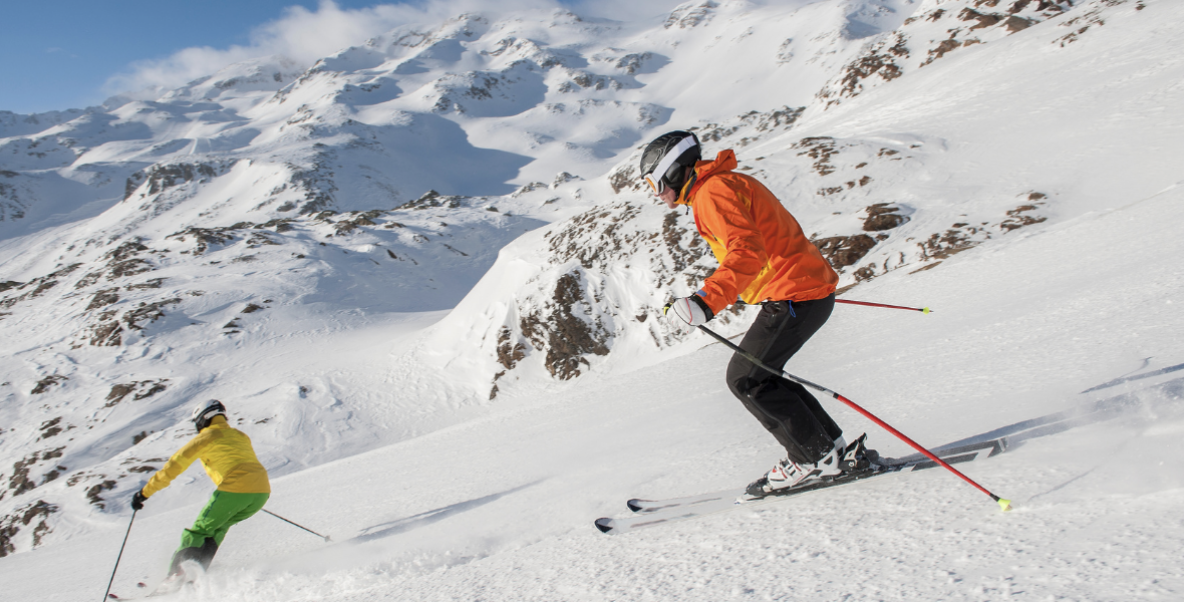
How to Choose the Right Cooling Fabric
Choosing the right cooling fabric depends on the product’s purpose, performance expectations, and the environment in which it will be used. Different applications require different combinations of breathability, moisture management, durability, and cool-touch sensation.
1. For Sports & High-Activity Use
When designing garments for intense movement, the priority is keeping the body dry and preventing heat buildup.
Prioritize:
- Maximum ventilation
- Strong moisture-wicking and fast-drying performance
- Durability and abrasion resistance
- Stretch and recovery for unrestricted movement
Best choices:
- Cooling polyester
- Cooling nylon
- Polyethylene cooling yarns
These materials excel in sweat-heavy, high-intensity conditions.
2. For Daily Wear
Comfort is the focus for everyday apparel, especially in warm or humid climates.
Focus on:
- Soft, smooth handfeel
- Breathable fabric structure
- Lightweight comfort suitable for all-day wear
Best choices:
- Tencel™ Lyocell
- Bamboo viscose
- Cooling polyester blends
These fabrics balance comfort, breathability, and a naturally cool touch.
3. For Bedding & Sleep Products
Cooling performance during sleep relies heavily on contact cooling and continuous airflow.
Focus on:
- A cool-touch surface
- Breathability to reduce heat buildup under covers
- Smoothness for skin comfort
Best choices:
- Polyethylene cooling yarns
- Tencel™ bedding fabrics
- Bamboo viscose sheet sets
These materials help regulate nighttime body heat and enhance sleep comfort.
4. For Outdoor Sun Exposure
Outdoor environments introduce factors like UV radiation and heat absorption, so the fabric must keep the wearer cool under sunlight.
Look for:
- UV protection (UPF-rated fabrics)
- Heat-reflective or light-diffusing finishes
- Quick-dry performance to handle sweat and humidity
Best choices:
- Cooling polyester
- Cooling nylon
- Nylon blends with built-in UPF technology
These fabrics help maintain a lower surface temperature even in direct sun.
Why Partner With a Professional Cooling-Fabric Manufacturer
Not all cooling fabrics deliver the same level of performance. The difference often comes down to the quality of the manufacturer behind the material. A professional cooling-fabric manufacturer brings together the technical expertise, testing capability, and production stability needed to create textiles that truly perform.
A trusted partner offers:
- Reliable, high-quality yarn sources that ensure consistent cooling behavior
- Advanced knitting or weaving expertise to optimize airflow, wicking, and fabric structure
- Stable, repeatable cooling performance rather than results that fade after washing
- Custom formulations and engineered solutions for different applications and climates
- Comprehensive fabric testing and validation, including wicking, Q-max, air permeability, and durability
- Scalable production capacity to support both small-batch development and large commercial orders
Working with a professional manufacturer ensures your final product delivers on its promise—providing consistent comfort, durability, and cooling performance across every use case.
Cooling Fabrics Conclusion
Cooling fabrics bring together advanced textile engineering, moisture-management technology, optimized airflow, and cool-touch materials to deliver noticeable comfort in hot climates and high-activity environments. When the right cooling technology is used, the result is a fabric that feels cooler against the skin, stays dry longer, maintains a lighter and more breathable structure, and remains comfortable throughout extended wear.
For brands developing activewear, outdoor gear, everyday apparel, or bedding, selecting the right cooling fabric has a direct impact on customer satisfaction and overall product performance. Understanding the science behind these materials—and choosing textiles designed to manage heat effectively—ensures that your final products provide the comfort and cooling experience consumers increasingly expect.
Contact us for samples, quotations, or custom cooling-fabric solutions.
Cooling Fabrics FAQ
1. Do cooling fabrics actually lower body temperature?
Cooling fabrics don’t lower core body temperature the way medical devices do. Instead, they help the body cool itself more efficiently by improving sweat evaporation, increasing airflow, and reducing heat buildup around the skin. This creates a cooler, more comfortable sensation during wear.
2. How long does the cooling effect last?
The duration depends on the technology. Yarn-engineered cooling, such as polyethylene or mineral-infused fibers, remains effective for the life of the garment. Coating-based cooling may diminish after repeated washing. High-quality cooling fabrics should maintain performance after 20–30 wash cycles or longer.
3. Are natural fibers or synthetic fibers better for cooling?
Both can work well depending on the construction. Natural fibers such as Tencel™ and bamboo viscose offer breathability and moisture absorption, while engineered synthetics like cooling polyester and nylon provide stronger wicking, faster drying, and better durability. The best choice depends on the product’s end use.
4. What is Q-max and why does it matter?
Q-max measures the initial cool-touch sensation when fabric contacts the skin. A higher Q-max value indicates stronger contact cooling. This is especially important for bedding, base layers, and garments worn directly against the skin.
5. Can cooling fabrics be used in winter apparel?
Yes. Cooling fabrics are often used as base layers in winter because they help regulate moisture and prevent overheating during physical activity. They keep the wearer dry, which is essential for maintaining warmth in cold environments.



